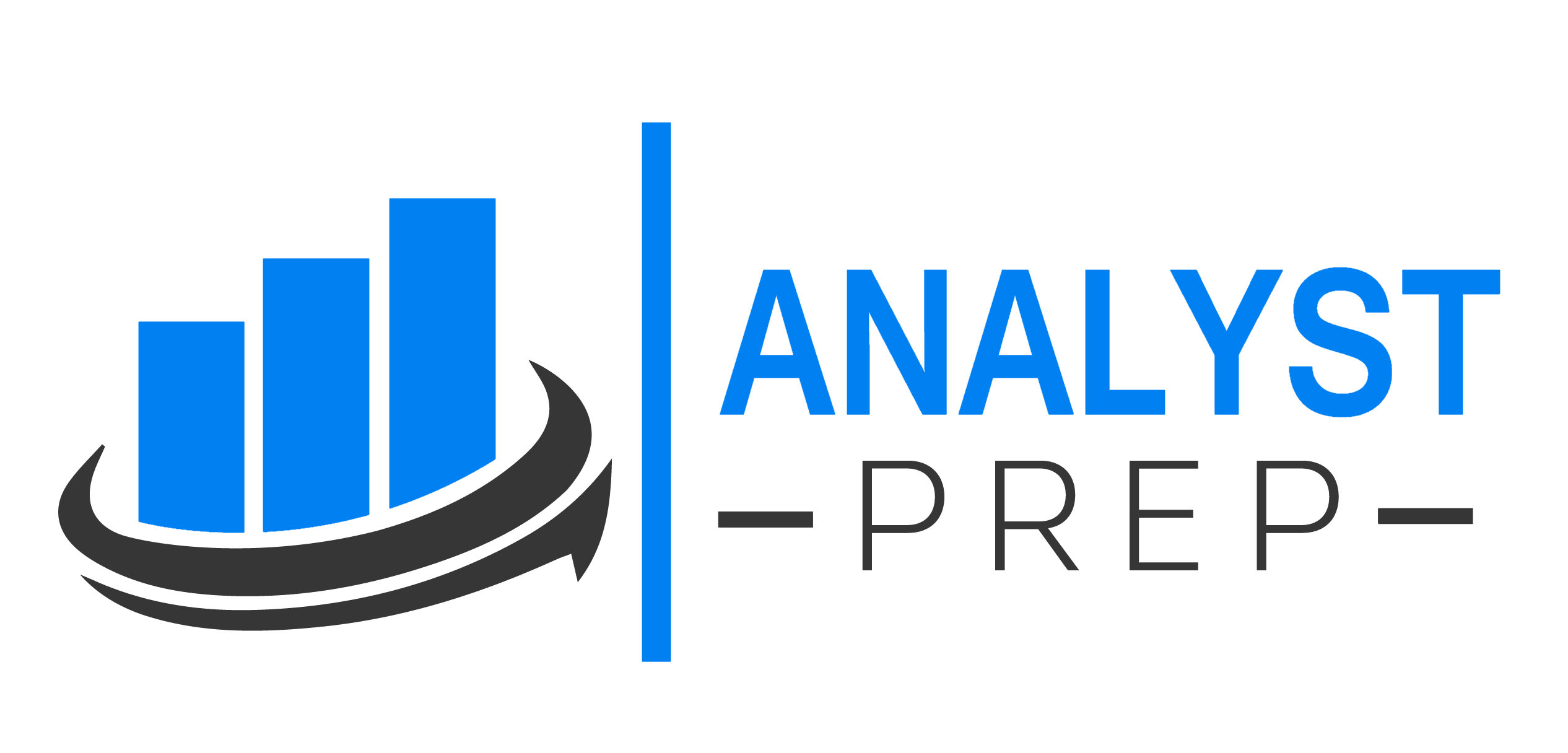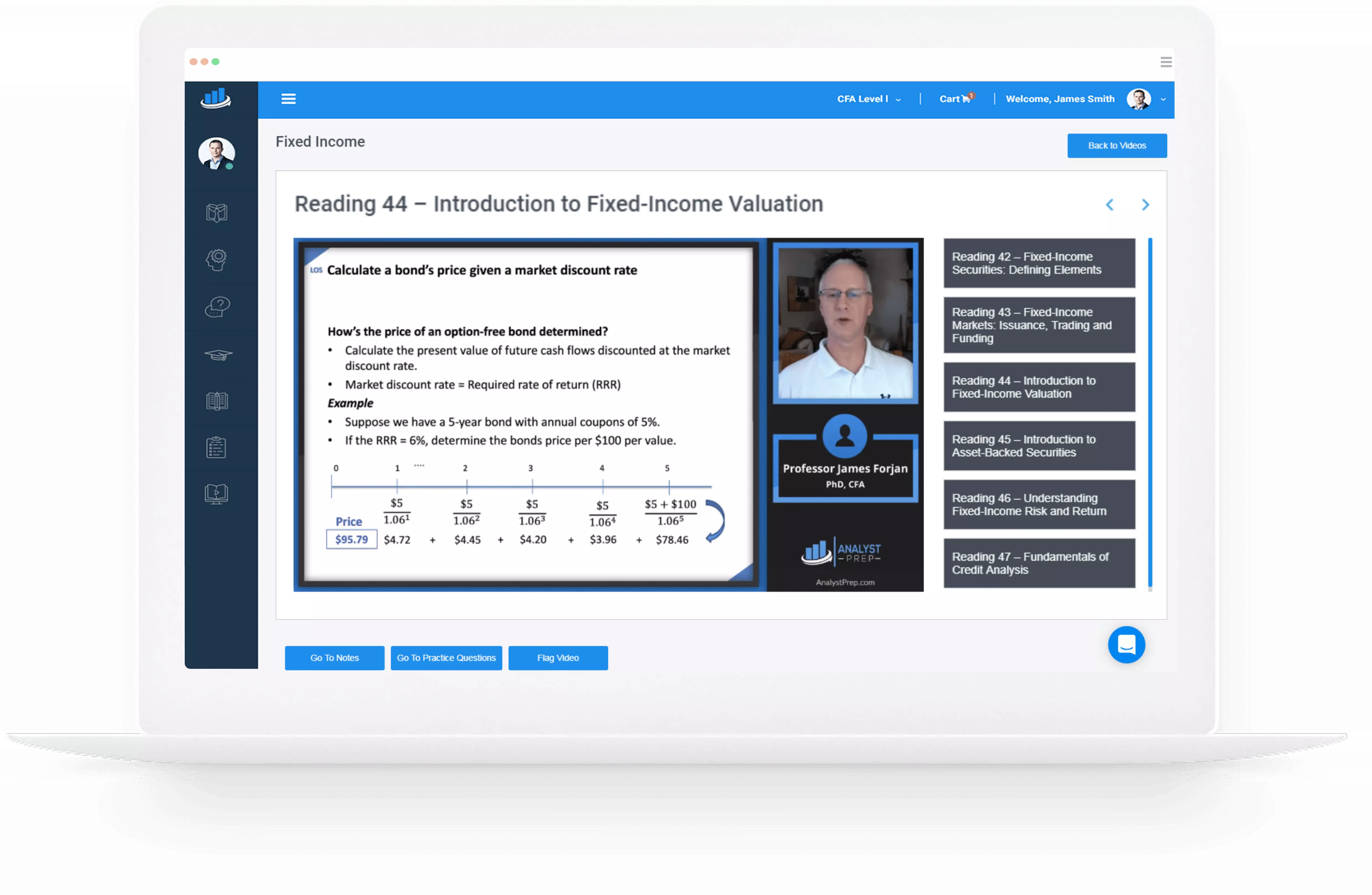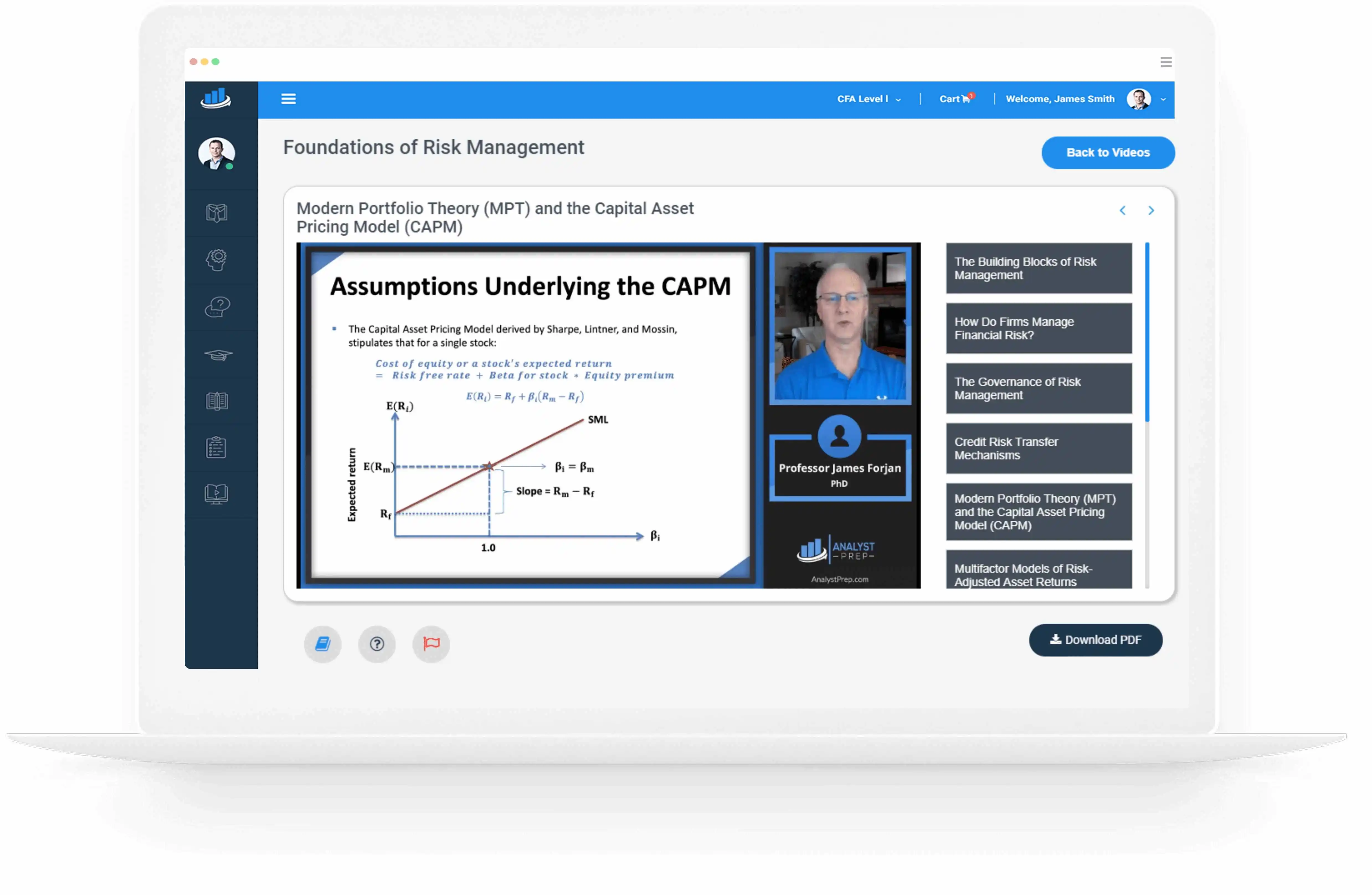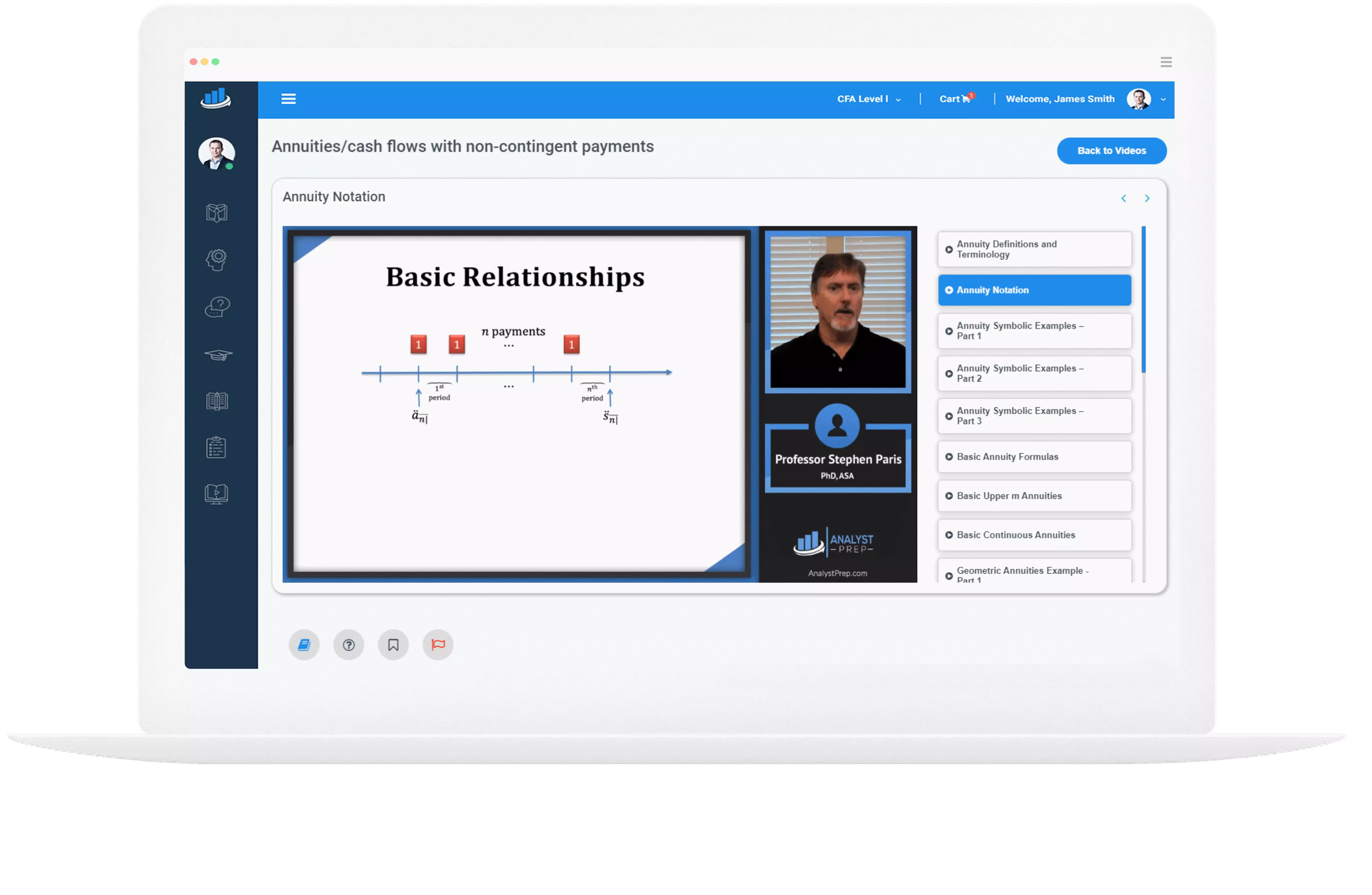Utilizing Effective Duration and Convexity for Option-embedded Bonds
Yield duration and convexity assume predictable bond cash flows. However, bonds with embedded options, e.g., callable or puttable bonds, have future cash flows which are uncertain. The option is exercised based on market interest rates relative to the coupon interest…
Duration and Convexity of a Bond Portfolio
Duration and convexity can be used to measure the interest rate risk of a portfolio of bonds, similar to a single bond. There are two methods to calculate the duration and convexity of a bond portfolio: Using the weighted average…
Bond Risk and Return Using Duration and Convexity
The percentage price change of a bond, given a specified change in yield, can be more accurately estimated using both the bond’s duration and convexity compared to using duration alone. We will give an example to illustrate this. Consider a…
Convexity and Convexity Adjustment
Duration provides a linear approximation of the change in a bond’s price with respect to changes in yield. On the other hand, convexity measures the non-linear, second-order effect of yield changes on a bond’s price. It captures the curvature of…
Properties of Duration
The sensitivity of a bond’s price to changes in interest rates can be captured using Macaulay duration, modified duration, money duration, and the price value of a basis point (PVBP). Relationships Between Bond Features and Duration Coupon rate (c)) An…
Modified Duration, Money Duration, and Price Value of a Basis Point (PVBP)
Modified Duration Modified duration captures the sensitivity of a bond’s price to fluctuations in its yield-to-maturity (YTM). This relationship provides insight into how bond prices vary with shifts in yield. Specifically, bond prices and yields exhibit an inverse relationship: as…
Trading Blocs
A trading bloc is a group of countries that have mutually agreed to reduce and progressively eliminate barriers to trade (for example tariffs) and the movement of factors of production among the members of the bloc and may or may…
Types of Trade Restrictions
Governments may enact policies that limit the free exchange of goods and services between countries. Such policies are known as trade restrictions or trade protections and include tariffs, import quotas, voluntary export restraints (VER), subsidies, embargoes, domestic content requirements, and…
Costs and Benefits of International Trade
Most economists agree that the advantages of international trade overweigh the disadvantages. Below are the main benefits and costs associated with international trade. Benefits of International Trade Countries gain from exchange and specialization: Countries receive high prices for exports and pay…
Impact of Geopolitical Risk on Investment
Notably, economic expansion, interest rates, and market volatility are all impacted by geopolitical risk in the capital markets. Geopolitical risk can dictate the suitability of a security or investment strategy for an investor’s objectives, level of risk tolerance, and time…




